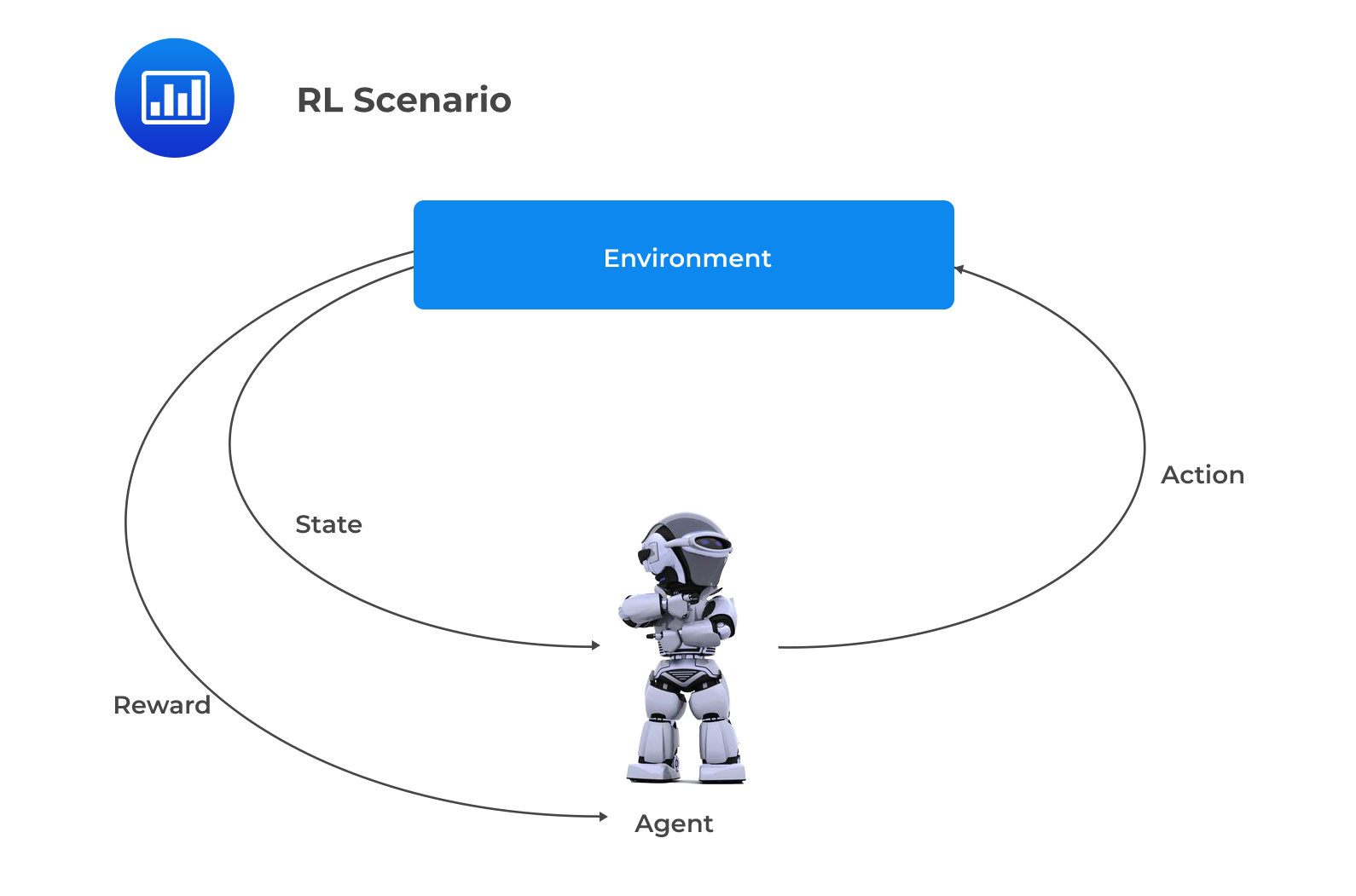Effect of Different Accounting Methods ...
Equity Method The equity method of accounting provides a more objective basis for... Read More
Neural networks, deep learning nets, and reinforcement learning are sophisticated algorithms that handle complex tasks with non-linearity and interactions between large numbers of feature inputs. Some of these complicated tasks include image classification, speech recognition, and face recognition. We describe these algorithms here.
Neural networks, also are known as artificial neural networks, or ANNs, consist of nodes connected by links. ANNs are non-linear statistical ML algorithms modeled after the human brain. They display a complicated relationship between the inputs and outputs to discover a new pattern.
ANNs have three crucial layers which include input layers, hidden layers, and the output layer, as demonstrated in the figure below:

The above figure is a neural network with an input layer consisting of 3 features, one hidden layer made up of 4 hidden nodes, and 2 output nodes. Learning takes place in the hidden layer nodes, each of which consists of a summation operator and an activation function.
Once the hidden node receives the four input values, the summation operator calculates the weighted sum of the input. The activation function then transforms this output into the appropriate result. In other words, the node’s activation function operates like a light dimmer switch, which decreases or increases the strength of the (total net) input.
A deep learning net (DLN) is a neural network (NN) with many hidden layers at least 3 but often more than 20. NNs and DLNs have applications to a wide variety of complicated tasks characterized by nonlinearities and interactions among features, particularly pattern recognition problems such as credit card fraud detection and character and image recognition.
Reinforcement learning (RL) is an algorithm that involves the agent performing actions that maximize its rewards over time, based on environmental constraints. With supervised learning, the training data has the answer, so the algorithm is trained with the correct answer; RL does not have direct labeled data for each observation.
The RL algorithm observes its environment, learns by testing new actions, and reuses its previous experiences. It learns from repeated trials and errors. The best solution for the RL algorithm depends on the maximum reward. A virtual trader can apply RL in financial markets to maximize his profits.
A typical RL scenario is as shown in the figure below:
 A limitation of the RL algorithm is that the parameters used may affect the speed of learning.
A limitation of the RL algorithm is that the parameters used may affect the speed of learning.
Question
An analyst with a background in machine learning has been thinking about the applications of neural networks (NNs) and deep learning nets (DLNs) to investment management.
Which statement is most likely to be incorrect?
A. NNs and DLNs are applicable in developing single variable ordinary least squares regression models.
B. NNs and DLNs are well-suited for image and speech recognition and natural language processing.
C. NNs and DLNs are applicable in modeling non-linearity and complex interactions among many features.
Solution
The correct answer is A.
NNs and DLNs suitable for modeling highly complicated machine learning tasks. On the contrary, single variable ordinary least squares regression models are simple models.
B is incorrect. NNs and DLNs address highly sophisticated machine learning tasks, including image classification, face recognition, speech recognition, and natural language processing.
C is incorrect. NNs and DLNs are well suited for modeling non-linearity and complex interactions among many features, which characterize complex tasks such as speech recognition.
Note: This LOS will no longer be tested after the November 2025 exam.
Reading 6: Machine Learning
LOS 6 (e) Describe neural networks, deep learning nets, and reinforcement learning
Get Ahead on Your Study Prep This Cyber Monday! Save 35% on all CFA® and FRM® Unlimited Packages. Use code CYBERMONDAY at checkout. Offer ends Dec 1st.